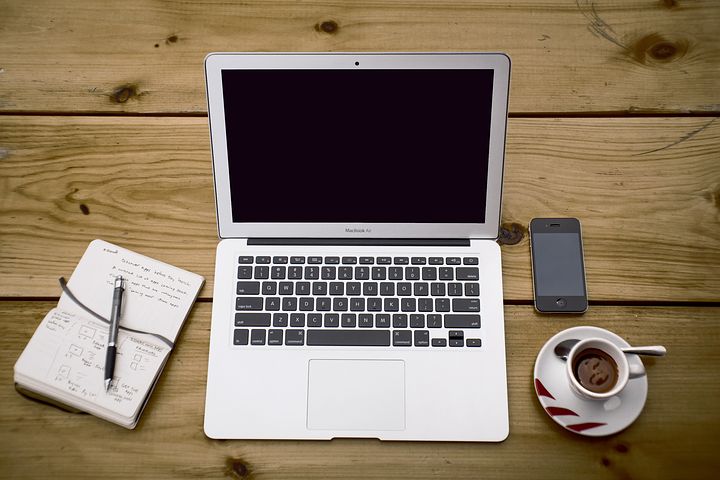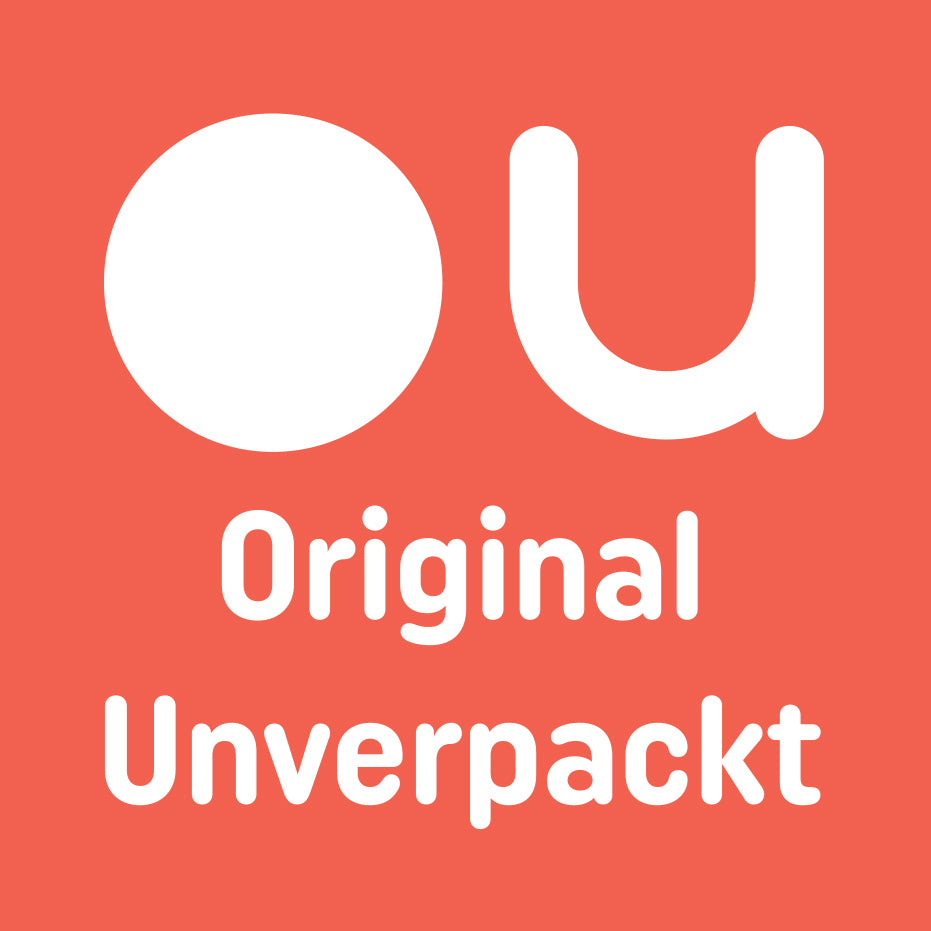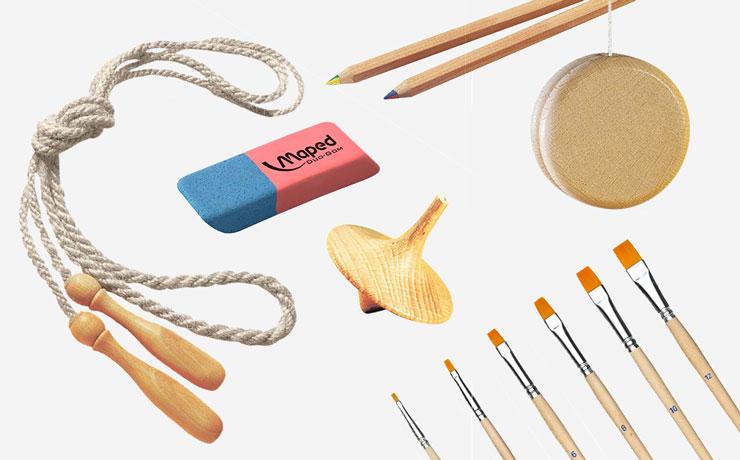
7 Tips for a More Sustainable Working Day
Anyone who has started to make their everyday life less packaging-intensive and more sustainable will know that it is not always that easy. Especially in stressful situations, climate protection can quickly slip further down the list of priorities. We have put together some tips that are easy to integrate into your everyday work routine.
1st commute
It all starts with mobility. Basically, everything that can be reached on foot or by bike should be done this way. A short bike ride in the morning gets your circulation going - and your exercise routine is ticked off at the same time.
For longer distances, it is best to use public transport whenever possible. More and more companies are now supporting this method of transport, for example by financing or subsidising monthly passes.
Alternatively, if transport connections are poor, it may be worth carpooling. After all, a car has five seats.
Paper waste is a good starting point, especially in open-plan offices. Stickers on the mailbox banning advertising magazines are just the beginning. More and more processes can now be designed digitally and no longer require paper printouts. Even employment contracts can now be signed online. It is worthwhile to implement as much internal and external communication digitally as possible. This not only protects the environment, but also saves time at the printer and money that would otherwise be spent on expensive printer cartridges.
If you do need to print something, you can often reuse the paper later. As envelopes, perhaps? Or as scraps of paper for spontaneous ideas?
3. Turn off devices or put them on standby
To make things as easy as possible, it is worth purchasing a multiple plug with an on/off switch. This way, all devices can be switched off at once after work. Whether you are working from home or in an open-plan office: after work, all power sources should be checked again. Are all lights and devices turned off?
The laptop doesn't have to keep running during a break, but can simply be put on standby. A small step that noticeably saves power.
4. Prepare food
Preparing your lunch break in advance has many advantages: You can choose what you want and opt for local, organic ingredients that would otherwise not always be guaranteed. You save money - cooking yourself is always cheaper than ordering food. Last but not least: If you don't work from home, you can transport your food in a jar or lunch box and save yourself unnecessary packaging.
5. Snacks, Snacks, Snacks
An important topic in everyday working life: To get over the afternoon slump, sometimes you just need a little boost. The chocolate bar from the Späti may not look like it has a lot of packaging - but as we all know, small things add up. So it's best to be prepared here too. Nuts or dried fruit can be bought unpackaged and placed on your desk. Unpackaged stores also sell gummy bears and chocolate in packaging-free versions.
6. Waste separation at work
It is also important to ensure that waste is separated consistently at work. The more cleanly the waste is separated, the more of it can be reused. This is particularly worthwhile in a place where many people use the waste.
7. Clarify responsibilities
In general, it is worth feeling responsible in the workplace too. In a place that is used by many people at the same time, such aspects can quickly get lost. Are the approaches actually implemented? Do all employees pay attention to correct waste separation and double-sided printing? To ensure that environmental concerns are not lost in the group, it makes sense to appoint a sustainability officer who specifically considers how the workplace could be made even more sustainable.



Leave a comment
This site is protected by hCaptcha and the hCaptcha Privacy Policy and Terms of Service apply.